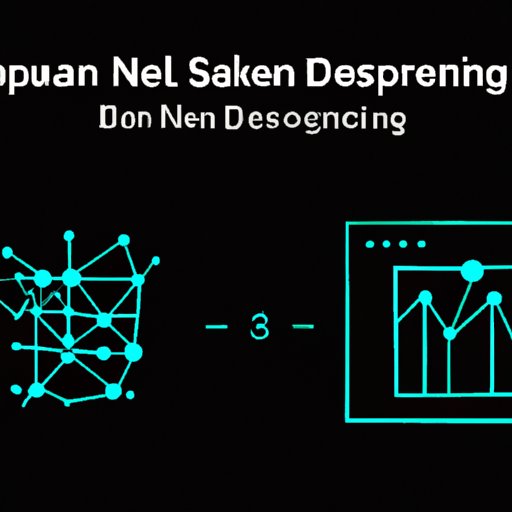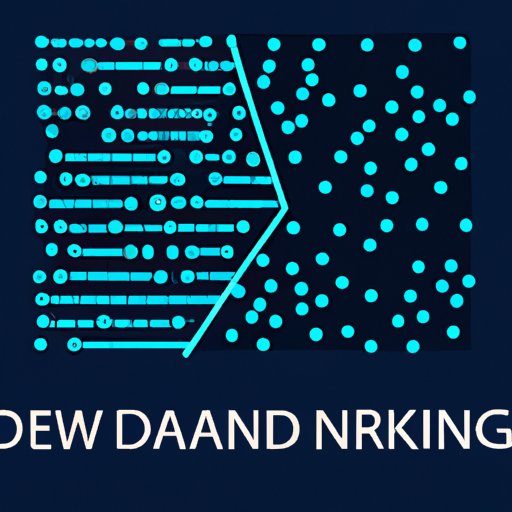Introduction
Deep learning is a branch of artificial intelligence (AI) that focuses on the development of computer algorithms inspired by the structure and functioning of the human brain. It has become one of the most important fields in data science due to its ability to process complex data sets and generate highly accurate results. This article will provide an in-depth look at deep learning and its applications to data science.

Exploring the Basics of Deep Learning in Data Science
To understand the role of deep learning in data science, it’s important to first define what deep learning means. Deep learning is a subset of machine learning that uses artificial neural networks to analyze large amounts of data and identify patterns or correlations. Neural networks are composed of interconnected nodes, each representing a unit of computation. These nodes are organized into layers, and the connections between the layers control how information flows through the network. The output of these layers can be used to make predictions or decisions.
In data science, deep learning is used to identify patterns in data that would otherwise be too complex for traditional methods. It can be used to generate insights from unstructured data such as images, audio, and text. Deep learning can also be used to improve existing machine learning models by providing more accurate predictions. For example, deep learning can be used to improve facial recognition systems or detect anomalies in financial transactions.
An Introduction to Deep Learning and its Applications to Data Science
There are several types of deep learning algorithms that can be used in data science. Convolutional neural networks (CNNs) are commonly used for image classification tasks. Recurrent neural networks (RNNs) are used for sequence prediction tasks, such as language translation or speech recognition. Generative adversarial networks (GANs) are used to generate realistic data such as images or audio. Finally, reinforcement learning is used to train agents to optimize decision-making in complex environments.
Deep learning is transforming data science by allowing for more accurate predictions and better insights from data. With deep learning, data scientists are able to uncover hidden patterns in data that were previously undetectable. This allows for more accurate predictions and better decision making. Deep learning is also being used to create more powerful and efficient machine learning models, which can be used to solve complex problems.

A Comprehensive Guide to Deep Learning in Data Science
In order to use deep learning in data science, there are certain prerequisites that must be met. First, data scientists must have a good understanding of the fundamentals of machine learning. They should also have knowledge of linear algebra, calculus, and probability theory. Additionally, they should be familiar with programming languages such as Python and R.
Once the prerequisites have been met, data scientists can begin to explore popular deep learning frameworks. Popular frameworks include TensorFlow, PyTorch, and Keras. Each framework has its own strengths and weaknesses, so it’s important to choose the right one for the task at hand. Additionally, data scientists should always keep up to date with the latest developments in deep learning.
Finally, data scientists should follow best practices when working with deep learning. This includes ensuring that the model is properly validated and tested, that the data is correctly preprocessed, and that the model is optimized for performance. Additionally, data scientists should always strive to increase the accuracy of their models by experimenting with different hyperparameters and architectures.
Conclusion
Deep learning is a powerful tool for data scientists that can be used to uncover hidden patterns in data and generate more accurate predictions. By understanding the basics of deep learning and exploring its different types, data scientists can get a better understanding of how to use deep learning in data science. Additionally, data scientists should be aware of the prerequisites for implementing deep learning and the best practices for working with deep learning.
(Note: Is this article not meeting your expectations? Do you have knowledge or insights to share? Unlock new opportunities and expand your reach by joining our authors team. Click Registration to join us and share your expertise with our readers.)
